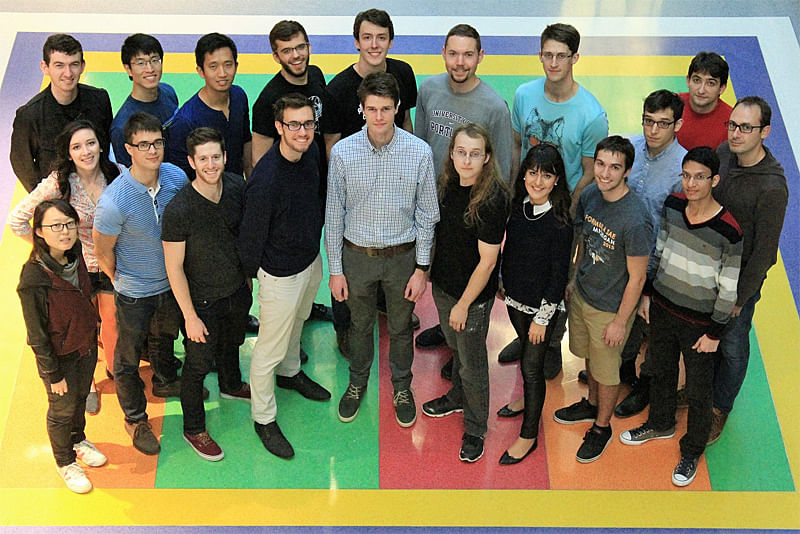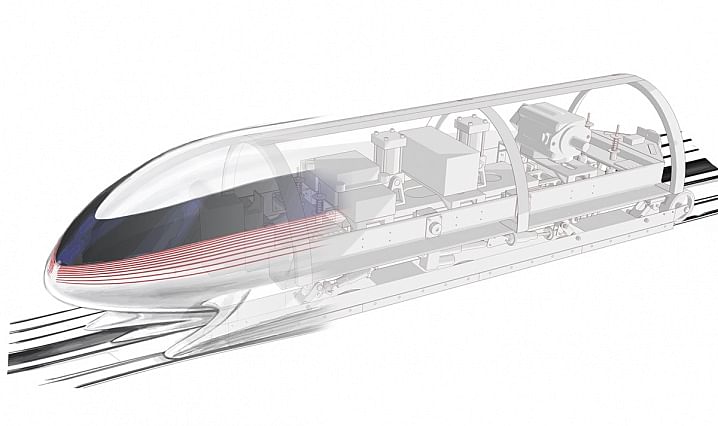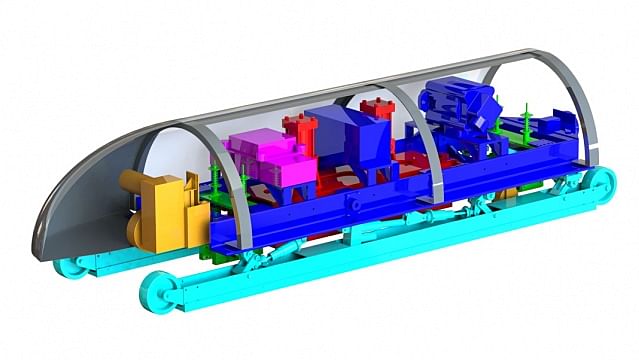MIT wins top design award for first phase of SpaceX Hyperloop Pod Competition
By Bustler Editors|
Monday, Feb 1, 2016

Related
Students got the chance to contribute their ideas to the SpaceX Hyperloop Pod Competition that was launched last summer. The challenge was to design a sub-scale prototype pod for the Hyperloop, which is slowly becoming a reality as time pushes forward. This past weekend, 115 student teams representing 20 countries presented their proposals during the competition's Design Weekend at Texas A&M University. And to top it all off, Elon Musk made a surprise appearance toward the end of the event, much to the excitement of the more-than-1,000 college and high school student attendees.
In the end of the first phase of the competition, the MIT team scored the best overall design award out of the top five student teams in the design and build category. The other four teams are University of Wisconsin-Madison, Virginia Tech, and University of California, Irvine. More teams won Subsystems category awards as well as Design Only awards.
Read on for more.
The next phase of the competition will take place at the SpaceX headquarters in Hawthorne, California this summer. In the coming months, twenty-two teams total (listed at the bottom) will construct a small-scale prototype of their designs, which will be tested on a track being built adjacent to the headquarters.
More about MIT's proposal below.

"Pods were required to accommodate a mechanical pusher that will serve as a propulsion system, and may levitate inside a near-vacuum tube that encloses the track. The capsules must also be equipped with sensors that can broadcast real-time telemetry data during the mile-long run."
"The MIT Hyperloop Team focused on speed, braking, stability, and levitation. For the latter problem, they developed a model for electrodynamic suspension that relies on powerful magnets placed over a conducting plate, which in this case is the aluminum track SpaceX is building. The magnets generate lift."

"'The beauty of the system we designed is that it’s completely passive, an elegant property that will make our pod very scalable,' stated MIT team captain Philippe Kirschen...Their final capsule came in at approximiately 2.5 meters long, and about one meter wide; it weighs 250 kilograms, and has the aerodynamic feel of a bobsled, he says." Their test pod is expected to reach a speed in excess of 100 meters per second, ideally. Final assembly must be complete by mid-May.

Top 5 student teams for the design and build category:
- Best Overall Design Award: MIT Hyperloop Team, Massachusetts Institute of Technology
- Pod Innovation Award Delft Hyperloop, Delft University of Technology (The Netherlands)
- Pod Technical Excellence Award Badgerloop, University of Wisconsin-Madison Pod
- Technical Excellence Award Hyperloop at Virginia Tech, Virginia Tech
- Pod Technical Excellence AwardHyperXite, University of California, Irvine
The other teams advancing to the competition weekend in California include:
- rLoop (non-student team) uWaterloo Hyperloop, University of Waterloo
- UWashington Hyperloop, University of Washington
- University of Toronto, University of Toronto
- RUMD Loop, University of Maryland and Rutgers University
- GatorLoop, University of Florida
- Team HyperLynx, University of Colorado-Denver
- Hyperloop UC, University of Cincinnati
- UCSB Hyperloop, University of California-Santa Barbara
- bLoop, University of California-Berkeley
- TAMU Aerospace Hyperloop, Texas A&M
- WARR Hyperloop, Technical University of Munich (Germany)
- Purdue Hyperloop Design Team, Purdue University
- Codex, Oral Roberts University
- Lehigh Hyperloop, Lehigh University Keio Alpha, Keio University
- Drexel Hyperloop, Drexel University
- Carnegie Mellon Hyperloop, Carnegie-Mellon University
Find more about the Hyperloop on our sister site Archinect.

Share
0 Comments
Comment as :